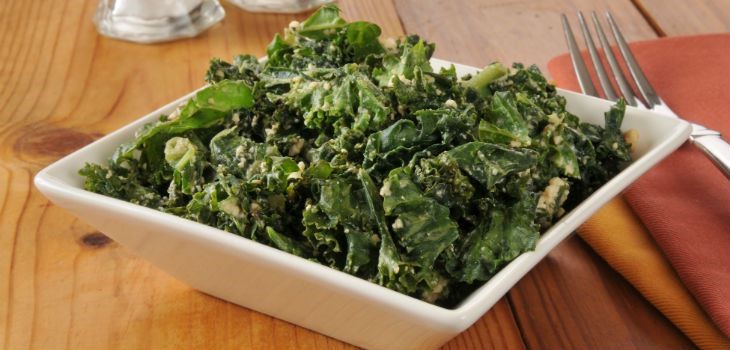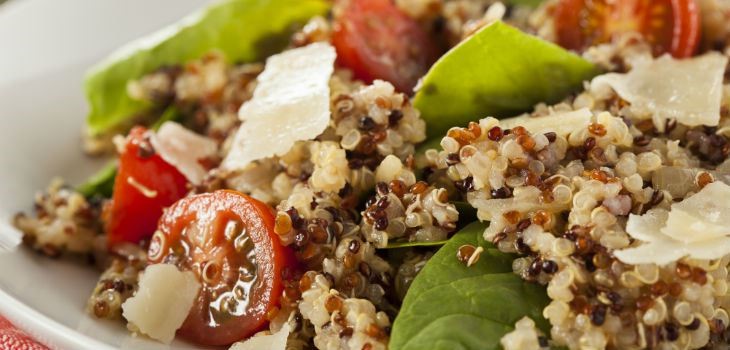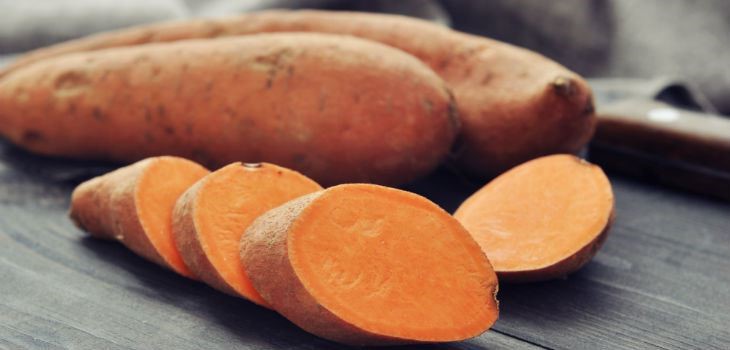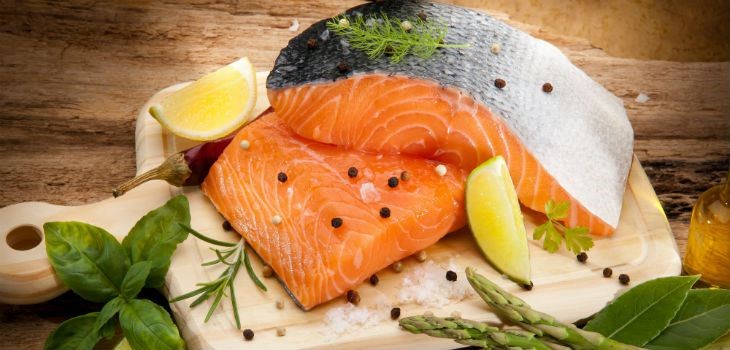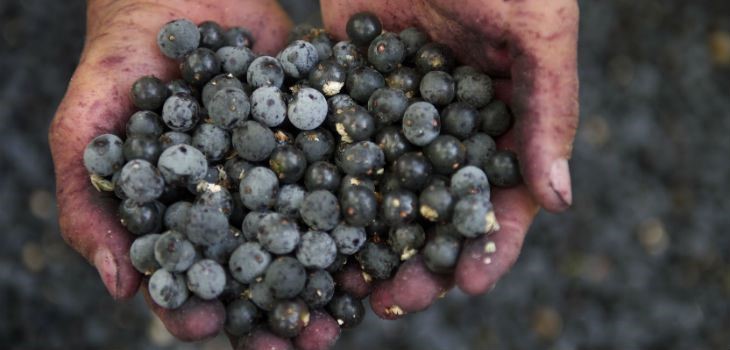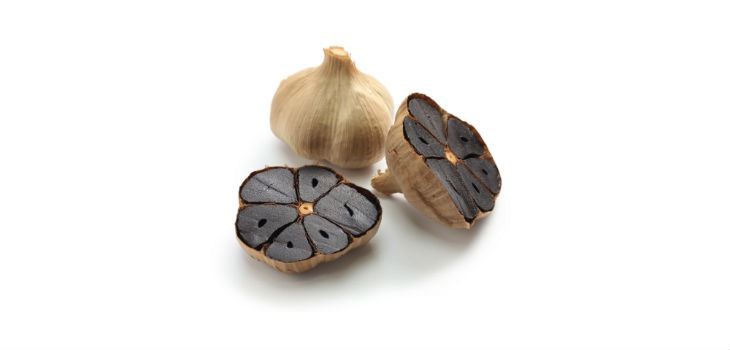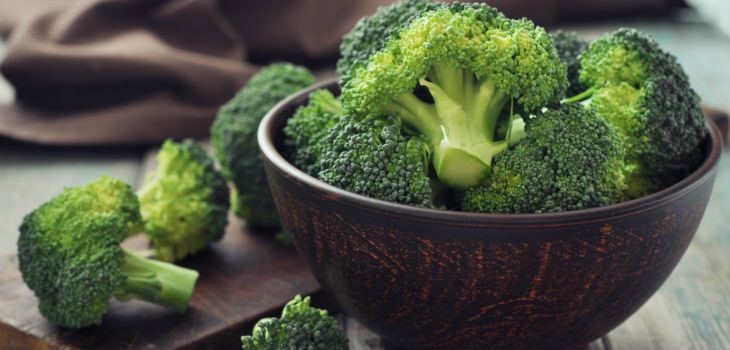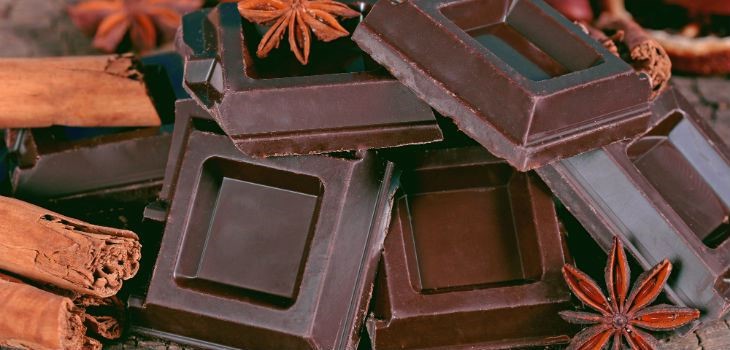It’s a bird. It’s a plane. It’s a… superfood? Though there’s no medical definition for what qualifies as a “superfood,” it’s a term loo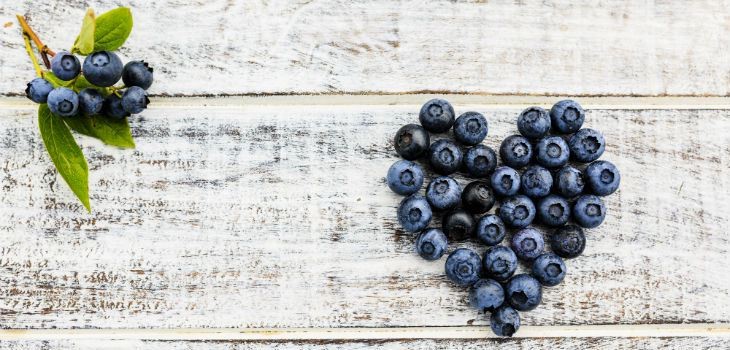 sely used to describe an edible with higher-than-average nutritional benefits. These are foods so good for you that you can’t afford not to incorporate them into your diet. And the best part? Many of them are as delicious as they are nutritious. Here are nine superfoods to stock your pantry with today.
sely used to describe an edible with higher-than-average nutritional benefits. These are foods so good for you that you can’t afford not to incorporate them into your diet. And the best part? Many of them are as delicious as they are nutritious. Here are nine superfoods to stock your pantry with today.
1) Blueberries
It’s true what they say—berries are nature’s candy. Not only are blueberries the perfect mix of sweet and tart, they’re loaded with disease-fighting nutrients that help ward off cancer, diabetes, high blood pressure and heart disease. They’ve also proven to be effective in reducing bad cholesterol. There are plenty of ways to incorporate this little miracle food into your diet; use blueberries as a topping on oatmeal or Greek yogurt, mix them into your favorite smoothie recipe, or freeze them and munch on them as an alternative to ice cream. Yum!
Afraid to take the plunge into the world of kale? Maybe the following factoids will change your mind. Kale is one of the most nutrient rich foods on the planet, containing a near-perfect mix of vitamins, minerals, phytonutrients and flavonoids. It fights asthma, cardiovascular disease and arthritis, and has nutritional compounds that have been shown to help prevent several different types of cancer. Noticing a few fine lines around your eyes? Don’t lose sleep over it; kale has been shown to ward off premature aging of the skin by preserving its elasticity. Have we convinced you to try this wonder-food yet?
We’re thrilled to see this versatile whole grain gaining popularity in the United States. One cup of cooked quinoa contains about eight grams of protein, plus a boatload of iron, zinc, selenium and Vitamin E. The best thing about quinoa is how easy it is to prepare; it’s a lot like rice, and its taste varies depending on what you pair it with. You can boil quinoa in water, milk or broth, and enjoy it alone or mixed with other ingredients. For a delicious side dish, mix a helping of quinoa with diced tomatoes, chopped parsley, feta cheese and lemon juice. It’s a comfort food that’s also heart healthy!
We never met a carb we didn’t like, and thanks to sweet potatoes, we finally have one that’s tasty and great for our health. Sweet potatoes have proven to be better than nearly every other food at raising levels of Vitamin A in the blood. They contain a unique storage protein that fights off cell damage and helps promote healing. Just one medium sweet potato gives us about half of our recommended daily dose of Vitamin C. We’re fans of this superfood because it’s an awesome alternative to French fries—one of our favorite guilty pleasures! Simply slice a sweet potato into ½ inch sections, drizzle the slices with a tiny bit of extra virgin olive oil, and top with a sprinkle of salt. Pop them in the oven on a baking sheet for 30 minutes, and you’ve got a savory snack you’ll want to make again and again.
5) Salmon
Salmon is a food so super that the American Heart Association suggests eating it twice a week! The fatty fish is high in omega-3 fatty acids, which boost and protect our hearts. It’s also a low calorie protein, clocking in around 200 calories for a three ounce serving. Salmon tastes great baked or grilled, alone or as a topping to a leafy green salad. If you’re watching your mercury levels, talk with your doctor about the right weekly serving size of salmon for you.
6) Acai
Pronounced ah-SIGH-ee, this berry is packed with antioxidants that help prevent premature aging. Acai berries are a great complement to salmon, because their monounsaturated oleic acids help omega-3 fatty acids be absorbed by cells. Acai berries also contain their own fatty acids and amino acids, which keep our cardiovascular and digestive systems in tip-top shape.
7) Blackgarlic
We’ll admit it—this uncommon herb looks a little creepy at first glance. But despite its inky appearance, black garlic has been used in Asian cultures for centuries, lauded for its many health benefits. Black garlic is created by fermenting the bulb, which gives it a subtle sweet flavor and adds valuable probiotics that stabilize conditions inside our intestines. This leads to a strengthened immune system, which wards off seasonal sicknesses like the common cold. Black garlic is as versatile as it is unique; use it as you would regular garlic to whip up savory sauces, seasonings and dips.
This cruciferous vegetable is rich in Vitamins A and C and packs lots of fiber, which will fill you up and keep your digestive system running smoothly. Broccoli contains cancer-fighting antioxidants, and it’s a wonderful non-dairy source of calcium. Unlike seasonal fruits and veggies, broccoli tastes great year-round, and its super simple to store in the freezer for easy meal prep. Steam it, roast it, stir-fry it or eat it raw. Mix it in with salads, soups or as a side dish to reap the benefits of this superfood.
Ah, yes. We saved the best one for last. It’s true—chocolate is a superfood! But before you use this as an excuse to indulge in a king-size Hershey bar, read on. The chocolate you should be eating is the dark, non-dairy kind, made with at least 70% cocoa. This slightly bitter cousin of the more common milk chocolate contains antioxidants and flavones that promote low blood pressure and heart health. As with most sweets, moderation is key. Just one bite-sized piece of dark chocolate per day is enough to take advantage of the health benefits without increasing your pant size!
